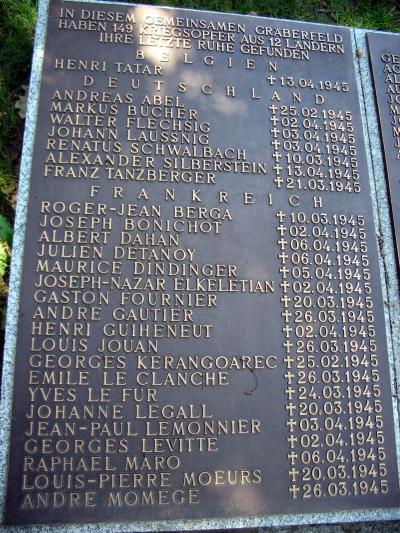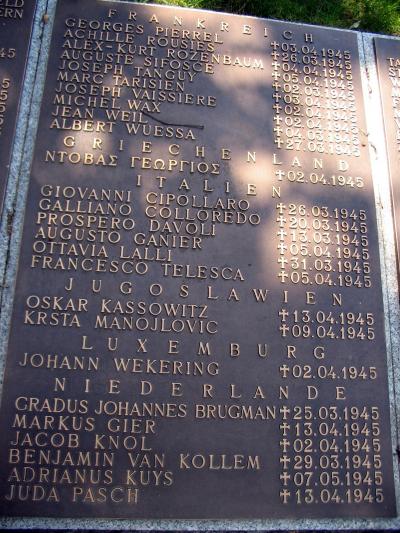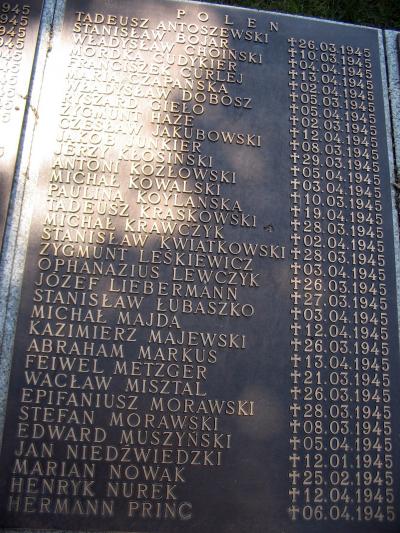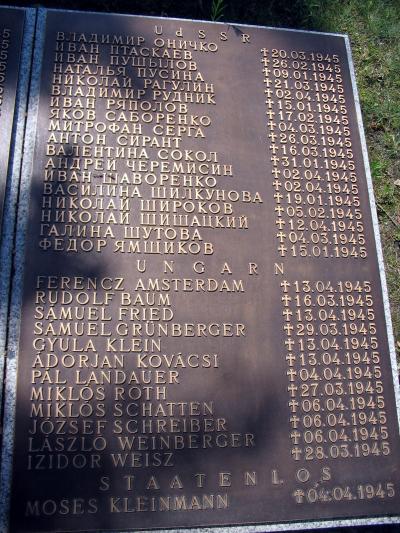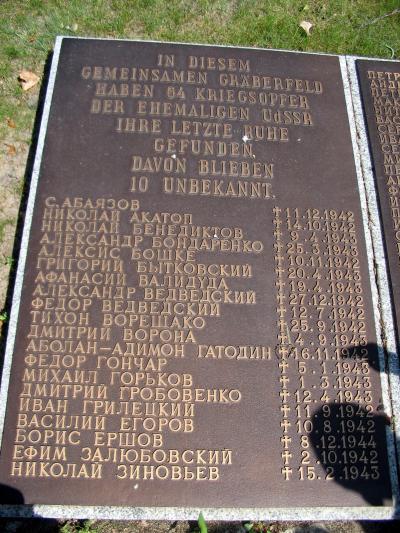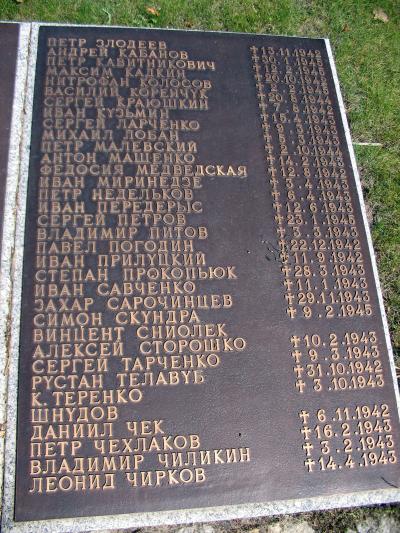KZ Gröditz

Citizens of Western countries and Poles had milder police supervision. The Russians, Ukrainians and Belarusians stayed in fenced barracks and were guarded by armed wardens from Mitteldeutsche Stahlwerke. Russian prisoners of war were in the worst situation - deprived of the protection of the Geneva Convention, sentenced to extermination through labour from the very beginning. In 1943 the situation on the frontline changed and the management of the company was looking for specialists who could meet the growing demand for anti-aircraft guns. Thanks to this, the conditions of captivity for a selected group of Russian prisoners improved and a chance of survival through work appeared.
On the 1st of October 1944 the first transport from KZ Flossenbürg arrived and the KZ Gröditz branch was established. The production floor and its vicinity were fenced with barbed wire and the towers for SS guards were erected. New prisoners were placed in rooms above the production floor. On the 22nd of October 1944, the inhabitants of the capital city who were exiled after the fall of the Warsaw Uprising reached the camp. Until the beginning of March 1945, every subsequent transport carried Poles, including some from Warsaw. The KZ Gröditz branch was no different from other branches of the main camp in Flossenbürg: work over and above physical capacity with insufficient food was predominant, there was no basic medical care, and the prisoners were humiliated and beaten. The sick and those who could not meet the daily norms because they were weakened, were particularly abused. Probably there was a provisional delivery room for Russian and Polish forced labourers. The mother would stay with her newborn baby for the first few days and then return to her work post. Children deprived of maternal and medical care and of proper food had very small chances of survival. Out of 91 documented births, 42 children, including 10 Polish ones, died in their first year of life.
A transport from Auschwitz was supposed to provide the expected professionals, but it brought prisoners suffering from typhus and unable to work - Hungarian Jews and children under 15 years of age. The disease spread at a rapid pace, attacking mostly prisoners weakened by hard work. The dead were buried in the premises of the facility, initially in individual graves, and after the outbreak of an epidemic - in a mass grave, which has not been found to this day, without keeping any record of the deceased. At the cemetery in Frauenheim, 37 prisoners were buried in individual graves, about which precise information has been preserved.
In January 1945, the Mitteldeutsche Stahlwerke still employed 9,354 people, including 4,983 forced labourers from 12 countries. On the 17th of April 1945, two days after the Russians were sent back to Stalag IV B Mühlberg, communication with the main camp of KZ Flossenbürg was lost. After consultation with the SS command and the police in Dresden, it was agreed that the camp would be evacuated. On the same day two men from the SS came from Dresden with an order to carry out a selection and get rid of the sick and those who were unable to march. Not all of them reached their destination - the number of victims of that march is unknown. At night, the remaining prisoners were loaded onto trucks - 188 people in total. During the transport, three of them jumped out of the moving vehicle and ran away. The rest were shot in a gravel pit in Koselitz – the camp SS unit and German Navy soldiers committed the crime. The unit of 27 prisoners left in the camp began to cover up the traces of the crime on the 18th of April 1945. Camp documentation was being burned in the production floor for the whole day.
The number of prisoners who passed through KZ Gröditz is estimated at 1,000-1,300. The deceased were buried at six cemeteries all over the municipality of Gröditz, however, most of the graves have not been found so far.
After the end of the war, military commissions from Belgium, France and the USA exhumed their citizens deceased in captivity and buried them in their homelands or in appropriate plots at German cemeteries. Transfers of the remaining graves of forced labourers, prisoners of KZ Gröditz and prisoners of war to their final place of rest began in 2000.
